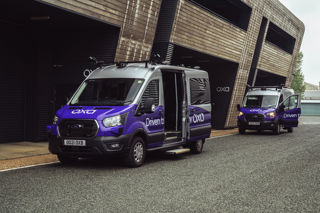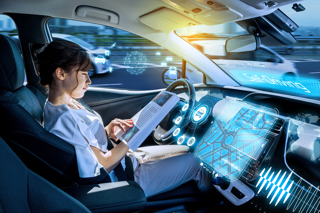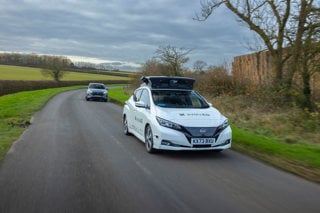Bosch and TomTom have formed a partnership to work on maps for automated driving.
Under this agreement, TomTom will design the necessary maps, while Bosch, on the basis of its systems engineering work, will define the specifications these maps have to meet.
These maps are already being used in the automated vehicles Bosch is testing on certain public roads in Germany (A81) and in the United States (I280).
Bosch board of management member Dr. Dirk Hoheisel said: “Only with high precision maps will automated driving on motorways be possible from 2020.”
Jan Maarten de Vries, vice president automotive at TomTom, added: “By the end of 2015, we want to have new high-precision maps for automated driving for all motorways and motorway-like roads in Germany.”
Road coverage will subsequently be extended to the rest of Europe and North America.
Maps for highly automated driving and the maps used in current navigation systems differ because accuracy is significantly higher – down to decimeter precision, and the map material for automated driving consists of multiple layers:
- The base navigation layer - used to calculate routes from A to B
- The localisation layer, which the automated vehicle uses to accurately calculate its position within a lane
- The planning layer, which contains attributes such as lane divider types, traffic signs and speed limits, as well as 3D information about road geometry, including curves and slopes. This helps the automated vehicle can make decisions, such as when and how to change lane.
In automated driving, safety and comfort depend crucially on map material that is up to date. For example, up-to-the-minute speed-limit information has to be available instantly. Only then can vehicles select the best proactive driving strategy.
Bosch and TomTom rely on several elements and services to keep the map data up to date: the TomTom mapping fleet will continue to be regularly on the road, accurately mapping new roads and routes. To register recent changes on the roads, such as changed lane configurations or new traffic signs, TomTom and Bosch plan to use feedback from fleets of vehicles equipped with the necessary sensors. Information about changed road conditions captured this way will be transferred to a server, verified, and entered into the digital map database. The updated map will then be fed back to the automated driving vehicle, enabling it to see effectively beyond its sensors.





















Login to comment
Comments
No comments have been made yet.